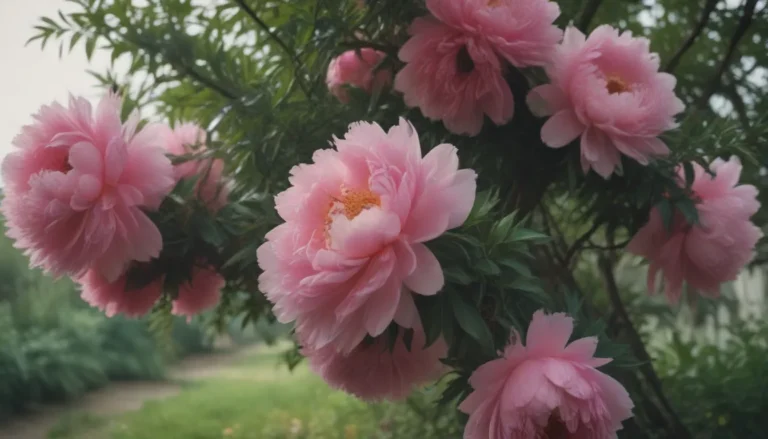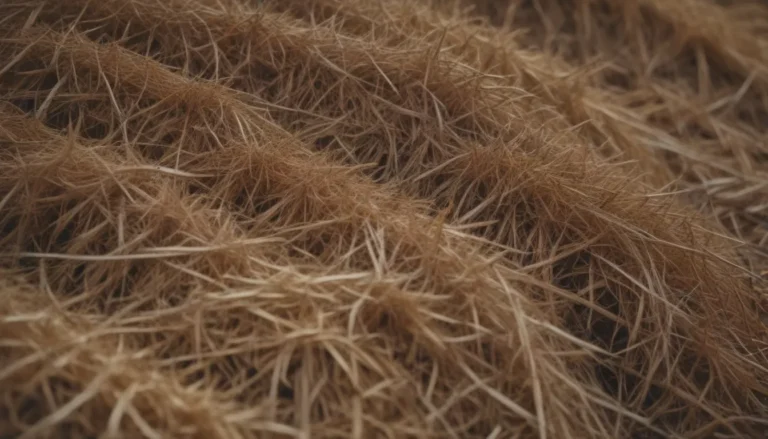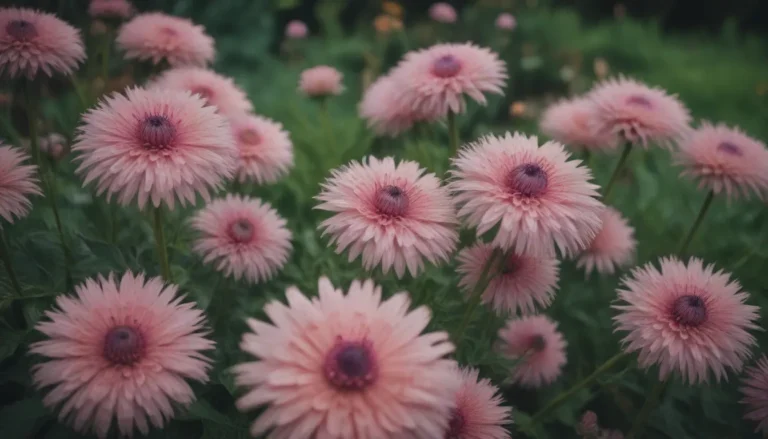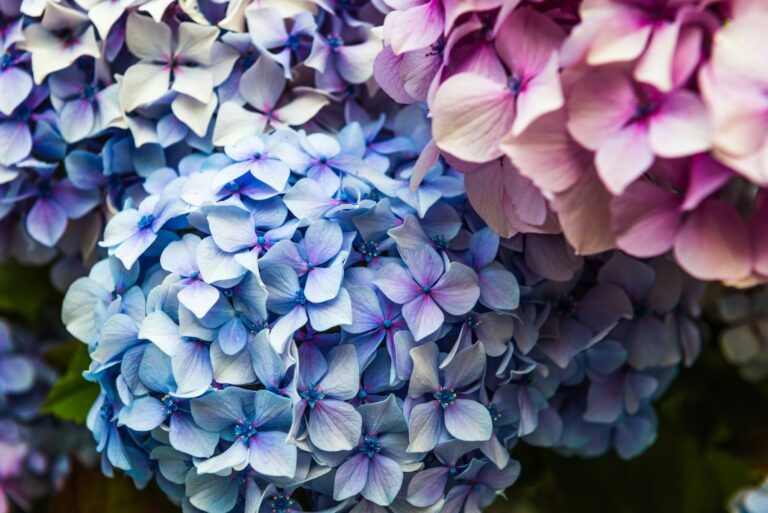The Ultimate Guide to Understanding and Fixing Yellow Rose Leaves
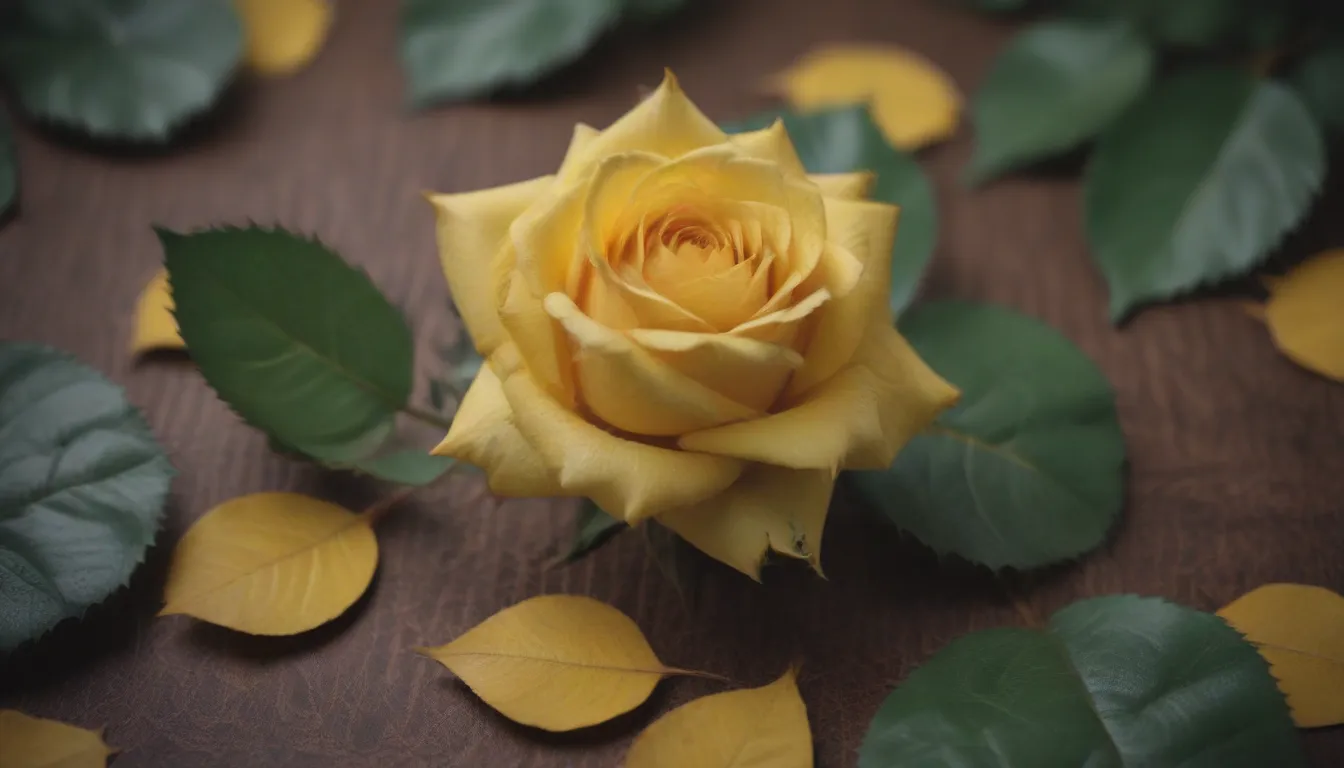
Roses are known for their stunning blossoms, but when the leaves start to turn yellow, it can be a cause for concern. Yellowing rose leaves not only detract from the plant’s beauty but can also indicate underlying issues that need to be addressed. In this comprehensive guide, we will explore eight common reasons why your rose leaves may be turning yellow and provide practical solutions to fix each issue.
Underwatering: The Root of the Problem
One common cause of yellowing rose leaves is underwatering. When roses don’t receive enough water, they can suffer from wilted leaves, stunted growth, and buds that fail to open. To prevent underwatering, make sure to water your roses consistently, giving them 1 to 2 inches of water twice a week. Adjust the frequency of watering based on weather conditions and soil type. Sandy soil drains faster than clay or loam, so be mindful of the moisture levels in your garden.
- Signs of underwatering:
- Wilting leaves
- Stunted growth
- Flower buds failing to open
Black Spot: A Fungal Foe
Black spot is a common fungal infection that can cause rose leaves to turn yellow. This disease manifests as irregular brown and black spots surrounded by yellow halos on the leaves. If left untreated, black spot can lead to defoliation and plant loss. To control black spot, remove and dispose of infected leaves, sanitize pruning tools between cuts, and water at the base of the plant to prevent the spread of spores.
- Tips to control black spot:
- Remove infected leaves
- Sanitize pruning tools
- Water at the base of the plant
Spider Mites: Tiny Pests with a Big Impact
Spider mites are tiny insects that can cause yellowing of rose leaves by sucking sap and nutrients from the plant. Look for white webbing on the undersides of leaves as a sign of spider mite infestation. To get rid of spider mites, use a strong spray of water to knock them off the plant and treat severe infestations with horticultural oil.
- How to spot spider mites:
- White webbing on undersides of leaves
- Yellow spots and blotches on foliage
Overwatering: When Too Much of a Good Thing is Bad
On the flip side, overwatering can also cause rose leaves to turn yellow. Signs of overwatering are similar to those of underwatering, so it’s important to monitor the soil moisture levels and allow the top 2 inches of soil to dry out in between waterings. Improving drainage in heavy clay soil and avoiding excessive rainfall can help prevent overwatering.
- Signs of overwatering:
- Wilted leaves
- Yellowing foliage
- Soggy roots
Heat Stress: Keeping Roses Cool
High temperatures can also stress roses and cause their leaves to turn yellow. To prevent heat stress, plant roses in areas where they receive shade during the hottest part of the day, mulch to keep the soil cool, and choose varieties adapted to your USDA hardiness zone.
- Tips to prevent heat stress:
- Plant in shaded areas
- Mulch to keep soil cool
- Choose suitable rose varieties
Nutritional Deficiency: Feeding Your Roses Right
Roses need a slightly acidic soil pH level to thrive. Nutrient deficiencies, such as iron and nitrogen, can cause chlorosis, where the leaf veins remain green while the rest of the leaf turns yellow. Test the soil pH before planting roses and make amendments as needed to ensure proper nutrient uptake.
- Testing soil pH:
- Iron-chelated or nitrogen-rich fertilizers
- Soil amendments like compost
Too Much Fertilizer: Feed in Moderation
While fertilizers can boost the performance of roses, excessive use can damage roots and foliage. Organic fertilizers, rich soil, and compost are ideal ways to feed roses. Avoid over-fertilizing newly planted roses and stick to an organic or specific rose formula for mature plants.
- Tips for fertilizing roses:
- Use organic fertilizers
- Feed in moderation
Not Enough Light: Shedding Light on the Issue
Inadequate sun exposure can cause rose leaves to fade and turn yellow. Make sure your roses receive 6 to 8 hours of sunlight daily and prune surrounding foliage to prevent shading. Prune roses in late winter to maintain an open center and allow light to reach all parts of the plant.
- Ensuring proper sunlight:
- Pruning to prevent shading
- Maintaining an open center
Additional Tips and Tricks for Healthy Roses
- Coffee grounds: Acidic coffee grounds can provide a nitrogen boost to mature roses in spring.
- Epsom salt: Epsom salt supports nutrient uptake and benefits roses, especially early in the growing season.
By understanding the common reasons why rose leaves turn yellow and implementing the appropriate solutions, you can help your roses thrive and maintain their beauty. Remember to monitor your plants regularly, provide adequate water and sunlight, and address any issues promptly to ensure healthy and vibrant roses in your garden.
